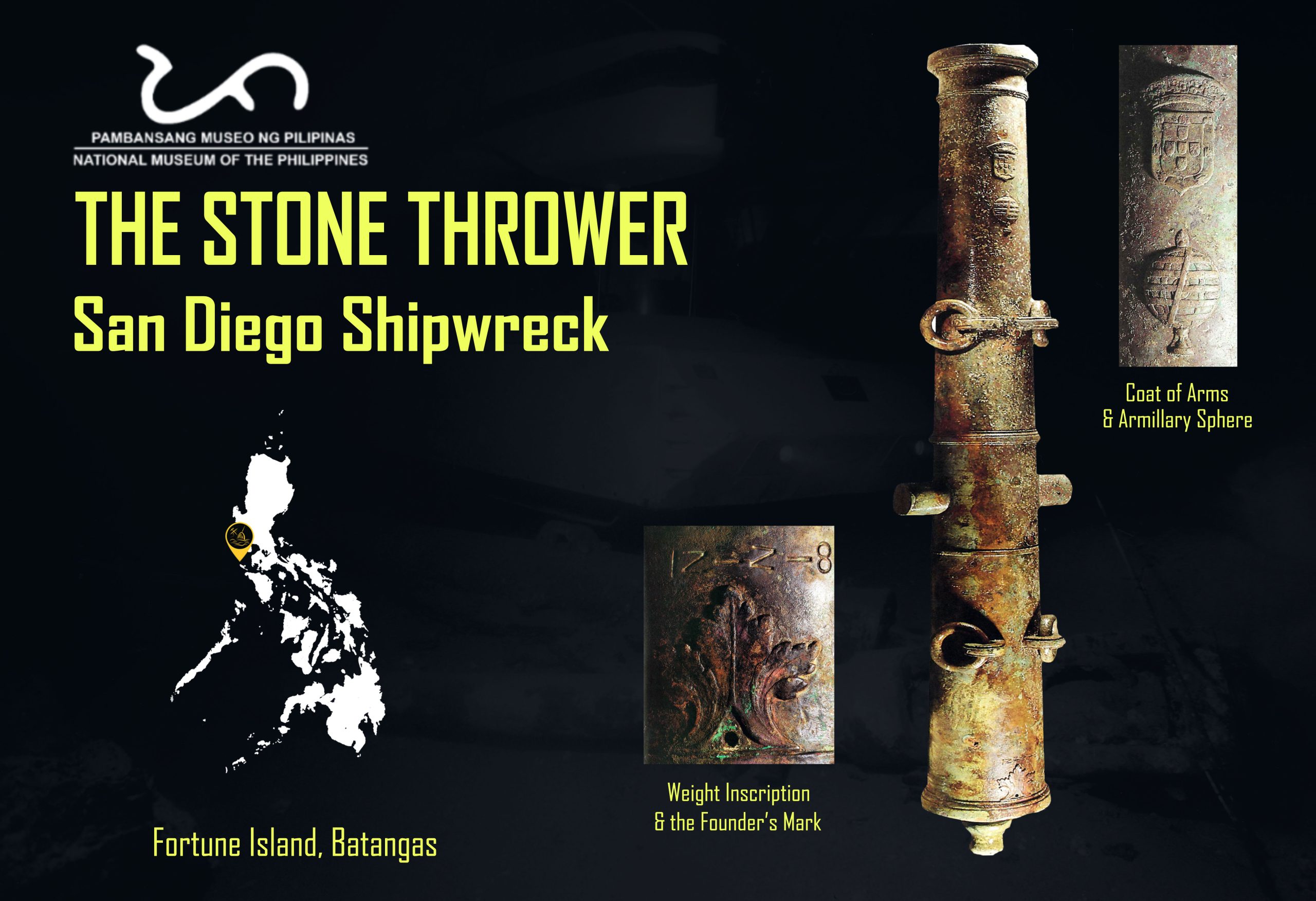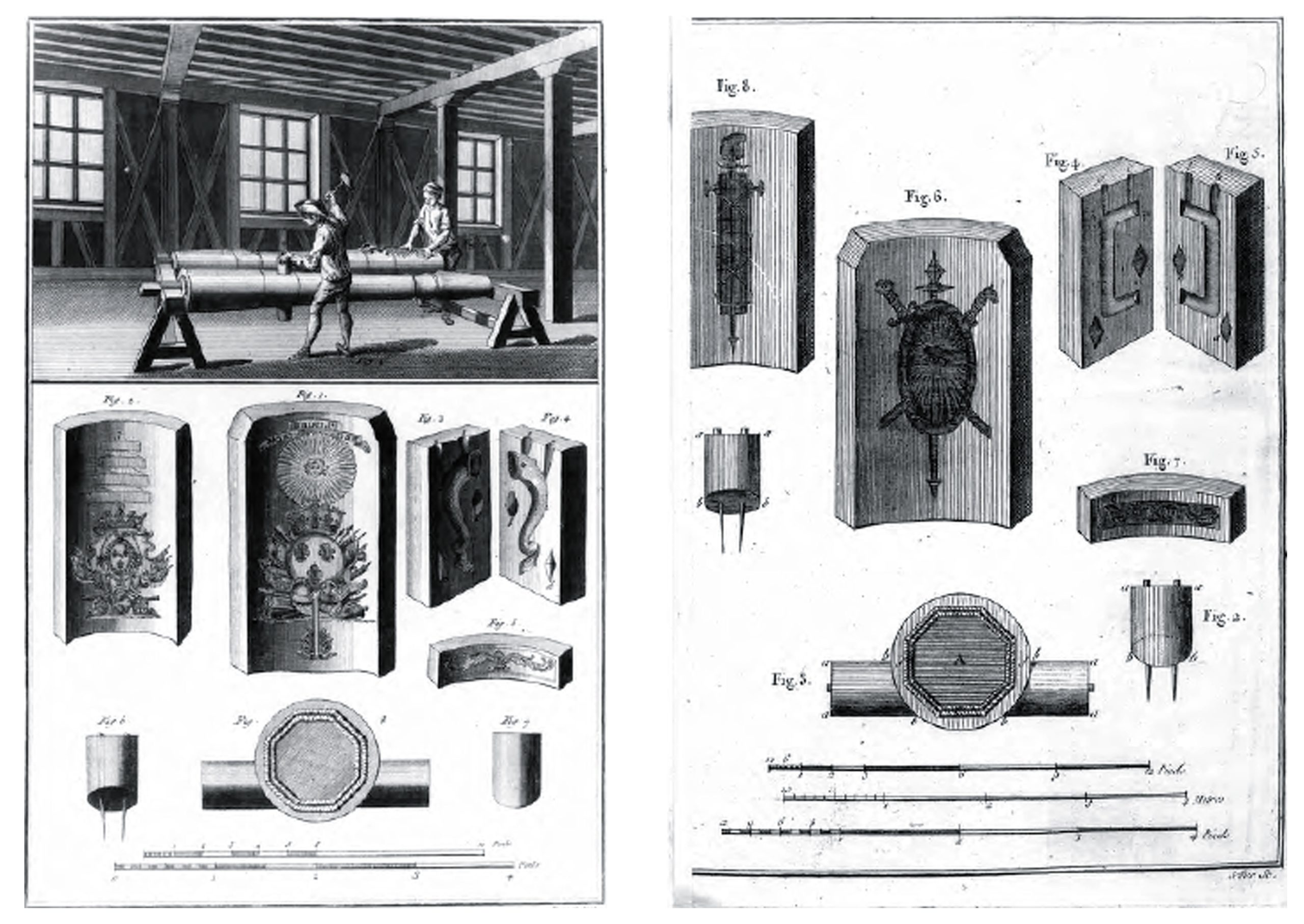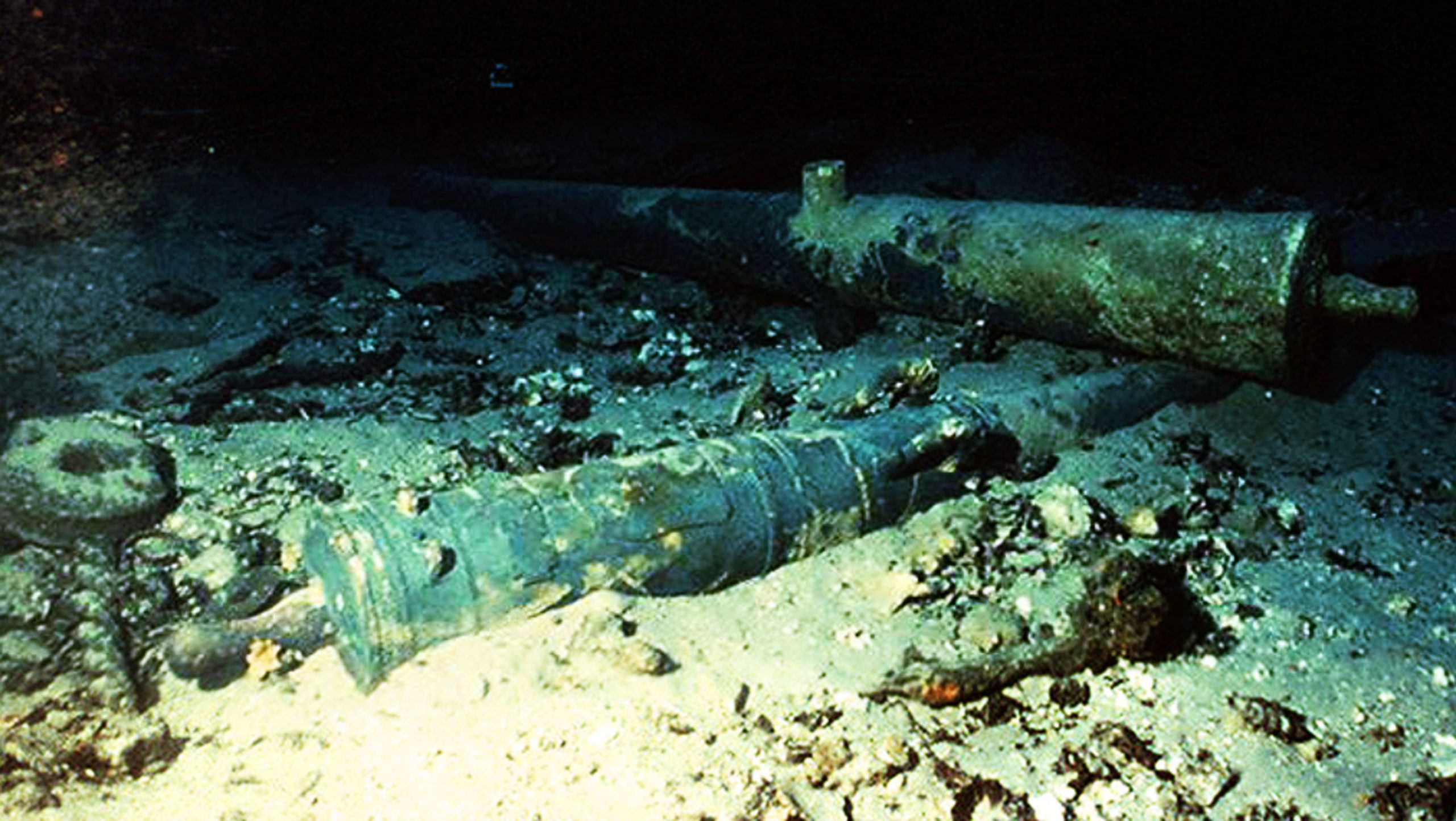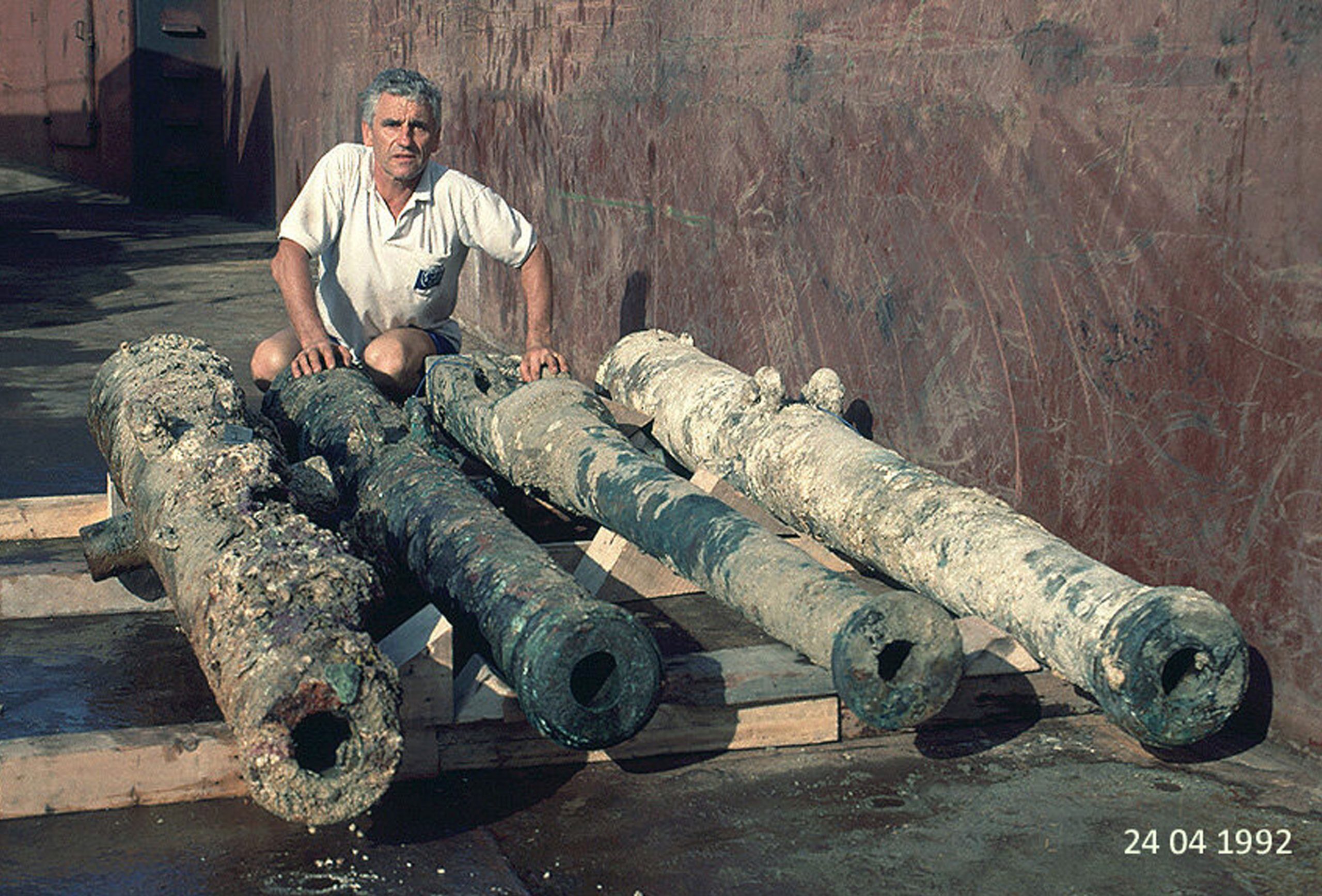Bonifacio Day
#OnThisDay Feature
The #NationalMuseumPh commemorates the 158th birth anniversary of Filipino hero Andres Bonifacio who was born #OnThisDay in 1863, with this oil on canvas portrait by Zosimo Dimaano.
Andres Bonifacio y de Castro is known as the Father of the Philippine Revolution for leading the revolt against Spanish rule. He founded the Kataastaasan, Kagalanggalangang Katipunan ng mga Anak ng Bayan, commonly called the Katipunan, a secret revolutionary society which aimed to liberate Philippines from the Spaniards. By 1894, the society and its operations spread throughout Manila, giving women the chance to join the organization as keepers of important documents.
On August 23, 1896, Bonifacio and his troops launched a revolution historically known as the Cry of Pugadlawin. They tore their cedulas (resident certificates) to signify their revolt against the Spanish colonial government. To commemorate his bravery and pivotal role in the Philippine Revolution, the Philippine Legislature passed in 1921 Act No. 2946, declaring November 30 as a national holiday, referred to as Bonifacio Day.
This featured portrait of Gat Andres was painted in 1935 by Zosimo Dimaano (1895-1942). Dimaano took lessons in art under Ramon Rivera and graduated from the University of the Philippine School of Fine Arts. He worked with National Artist Fernando Amorsolo (1892-1972) as a designer at Pacific Commercial and in the Bureau of Printing’s photo-engraving section. He worked in several photo studios in Santa Cruz, Manila.
This portrait is currently on display in the Early 20th Century Philippine Portrait Hall (Gallery IX) of the National Museum of Fine Arts along with works of portraiture by artists of the classical realist school.
Reserve your slot and visit the other galleries at the National Museum of Fine Arts (NMFA) or view the 360 Virtual Tour of the select nine galleries at the NMFA through this website.
#OnThisDay
#BonifacioDay
#AndresBonifacio
#GatAndres
#MuseumFromHome
Text by NMP FAD
Photo by Bengy Toda
© National Museum of the Philippines (2021)
#OnThisDay Feature
























 Owing to its survival of the destruction of the Battle of Manila in 1945 and all the numerous calamities that came before and after it that shook the capital to its foundations, the
Owing to its survival of the destruction of the Battle of Manila in 1945 and all the numerous calamities that came before and after it that shook the capital to its foundations, the 